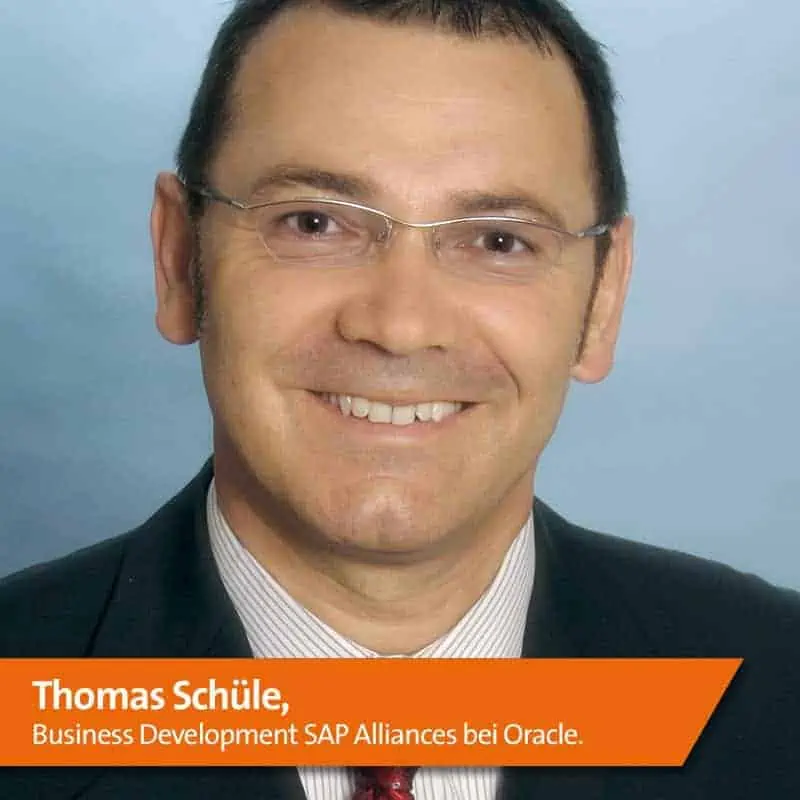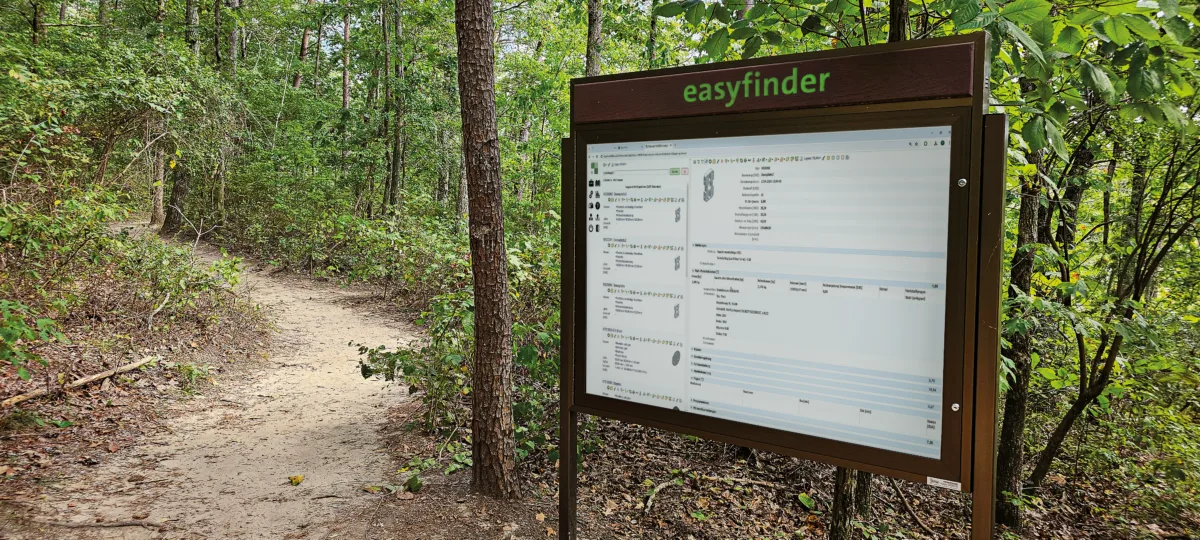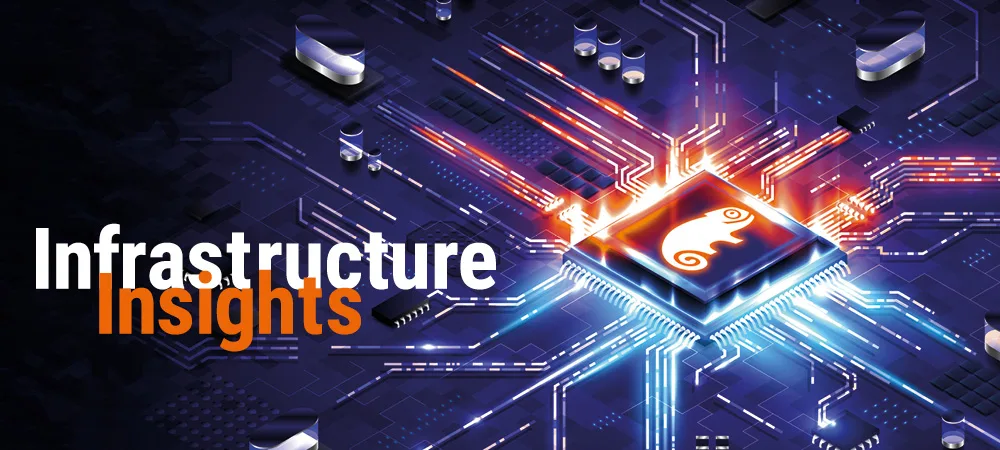Oracle: The Enterprise Cloud
![[shutterstock.com: 723430327, Graphics Master]](https://e3mag.com/wp-content/uploads/2020/09/shutterstock_723430327.jpg.webp)

As the COVID-19 pandemic has gained momentum, the number of video conferences and audio chats has grown at an exorbitant rate. The number of users of one of the most prominent and popular cloud meeting platform providers, Zoom, a US based corporation, had increased exponentially. This expansion prompted Zoom to expand its use of cloud infrastructure services by AWS and Azure. At the same time, Zoom collaborated with Oracle to be able to use Oracle’s cloud infrastructure services that could quickly and flexibly meet their new market requirements by leveraging high workloads and storage capacities offered in the Oracle cloud.
Within a short time, Zoom and Oracle had formalized an agreement on cloud use, and the collaboration received an immense amount of media attention worldwide. Thanks to Oracle Cloud, Zoom was able to increase the number of users worldwide from 20 million to over 300 million without any issues.
Oracle Cloud Gen2 was able to show the whole world what it is capable of. A short time later, another US-based video meeting platform 8X8 also opted Oracle Cloud Gen2 as their product platform.
Cloud Gen2
As the name Cloud Gen2 suggests, Oracle Cloud with Oracle Cloud Infrastructure (OCI) presents a new design. Just as with AWS, Azure or GCP, from a technological and design standpoint, Oracle carried over all of the advantages of Gen1 cloud. However, since we knew we were lagging behind competitors in terms of market entry, the developers were given the following assignment: eliminate architectural bottlenecks and design flaws made in Gen1 cloud platforms and build a completely new architecture. The latter has just been realized with Gen2 cloud.
Gen1 cloud is characterized by e.g. sharing of virtual machines which are equipped with elastic resources and sufficient scalability. They can therefore be used as self-service, i.e. are characterized by user-friendly cloud services consumption. However, this results in performance losses, so-called ‘noisy neighbors’, and security/compliance issues.
The completely redesigned Oracle Gen2 was initially presented at the worldwide customer event Oracle Open World 2018 in San Francisco, USA. Good or already optimized features of the first generation were combined with a fundamental redesign and numerous optimizations, particularly regarding the security and performance needs of large companies.

Performance like on-prem
Generally, there is no separation of user computers and cloud control computers in first-generation clouds. This means that anyone with access to the cloud control or management mechanisms can also access customer data one way or another. With Oracle Gen2, this changes.
User computers and cloud control computers now represent connected but still separate entities – there is no direct access from cloud control computers to user computers, meaning that customer data cannot be viewed by unauthorized users anymore. Furthermore, the control computers contain their own CPUs (in addition to RAM and flash memory).
Gen1 versus Gen2
In terms of performance, Oracle Cloud Gen2 also differs from first-gen clouds because Oracle exclusively provides (Intel) bare metal shapes or servers as the basis of its Infrastructure as a Service offering. In addition, Oracle uses faster components than other cloud platforms. Each cloud user therefore uses their own bare metal system, so to speak. At the same time, more network bandwidth has been made available between components. An RDMA network further increases performance.
Compared to first-generation clouds, there are no considerable latency times or performance losses. VMs can of course be used on top (next to GPUs and containers). Oracle Cloud Infrastructure basically offers the same (or even better!) performance as on-premises systems, which has been confirmed in tests and comparisons with e.g. AWS.
While performance is an important aspect of cloud or IaaS services, it is not the only factor companies need to consider. The price-performance ratio should also be taken into account—which is another facet in which Oracle Cloud Gen2 with Oracle Cloud Infrastructure shines compared to e.g. AWS. In general, Oracle customers get more performance for less money, whether they are purchasing compute, storage or network services.
In comparison, standard VM instances in another (first-generation) cloud cost almost 50 percent more than Oracle’s. For bare metal standard systems, it is around 45 percent, and for GPU instances it is around 26 percent. Different clouds are also more expensive for block storage (up 7,900 percent), data archiving (up 35 percent), or outgoing internet data traffic (up 1,300 percent).

Holistic cloud services
As mentioned above, Oracle Cloud is designed for enterprise use. Oracle offers complete and comprehensive cloud services for Infrastructure as a Service (IaaS), Database as a Service (DaaS), Platform as a Service (PaaS), Software as a Service (SaaS), and more – to list all offers here would simply go beyond the scope of this report. Oracle also offers end-to-end infrastructure SLAs for availability, performance and manageability that AWS, Azure and GCP do not.
It's mportant to know that customers can also obtain numerous solutions from a broad partner ecosystem through Oracle Cloud Marketplace, including VMware or Microsoft (SQL Server or Windows). VMware and Azure Direct Link are generally approved for OCI. SAP NetWeaver applications represent a special case in this scenario and have not yet been certified for these other offerings.
Oracle’s approach with Gen2 Cloud is to be open and to involve a variety of partners. Similar to the database environment, Oracle has positioned itself as a premium provider with a high-performance enterprise cloud, which offers more cost-effective and higher quality services than the first-generation cloud. The development and expansion of Oracle Cloud (as of July 2020: 25 existing regions, another 13 planned) is progressing rapidly worldwide.
SAP in the Oracle Cloud
SAP NetWeaver and legacy customers who have extensively customized their SAP systems to their respective needs have been able to rely on Oracle Cloud Infrastructure (OCI) IaaS services as part of Oracle Gen2 for quite some time based on an SAP certification for OCI.
Several SAP customers who have been using Oracle’s database for years or even decades are using this to their advantage and have in some cases moved entire SAP datacenters to Oracle Cloud. A large trading company, for example, transferred its SAP datacenter including SAP applications to Oracle Cloud in less than eight weeks (using Oracle Cloud processes and e.g. Terraform scripts). The company reports significant performance increases and cost savings compared to on-premises operation.
For example, a major tech retailer moved its SAP data center, including SAP applications, to the Oracle cloud in less than eight weeks (using special Oracle cloud processes and Terraform scripts, for example) and reports significant performance improvements as well as cost savings compared to on-prem operations.
Due to SAP’s announcement of the extension of SAP Classic support until 2027/2030, Oracle expects SAP NetWeaver customers to increasingly rely on Oracle Cloud—even those relying on e.g. Oracle Exadata Database Machine for SAP infrastructure or those required to perform a regular hardware refresh for their longer-term SAP Classic use.
Oracle Cloud also allows for the operation of so-called hybrid approaches. Since Oracle was and is the leading database provider for existing SAP customers, some SAP instances or modules—test/dev versus production—can be operated both in the own datacenter (on prem) or in Oracle Cloud Infrastructure.
Cloud harmonizes with on-prem
For SAP customers, it is important to know that there is virtually no difference between management in the cloud or on prem. A significant advantage, as everything—from application and database to expertise and previous experience—can continue to be used as before. Furthermore, Oracle Engineered Systems such as Exadata—and therefore the well-known and frequently used Oracle features RAC (Real Application Clusters) and ASM (Automatic Storage Management)—can be used both on prem and in the cloud without having to compromise on availability or security. Connections to other cloud platforms—and thus a multi-cloud strategy—are also possible.









